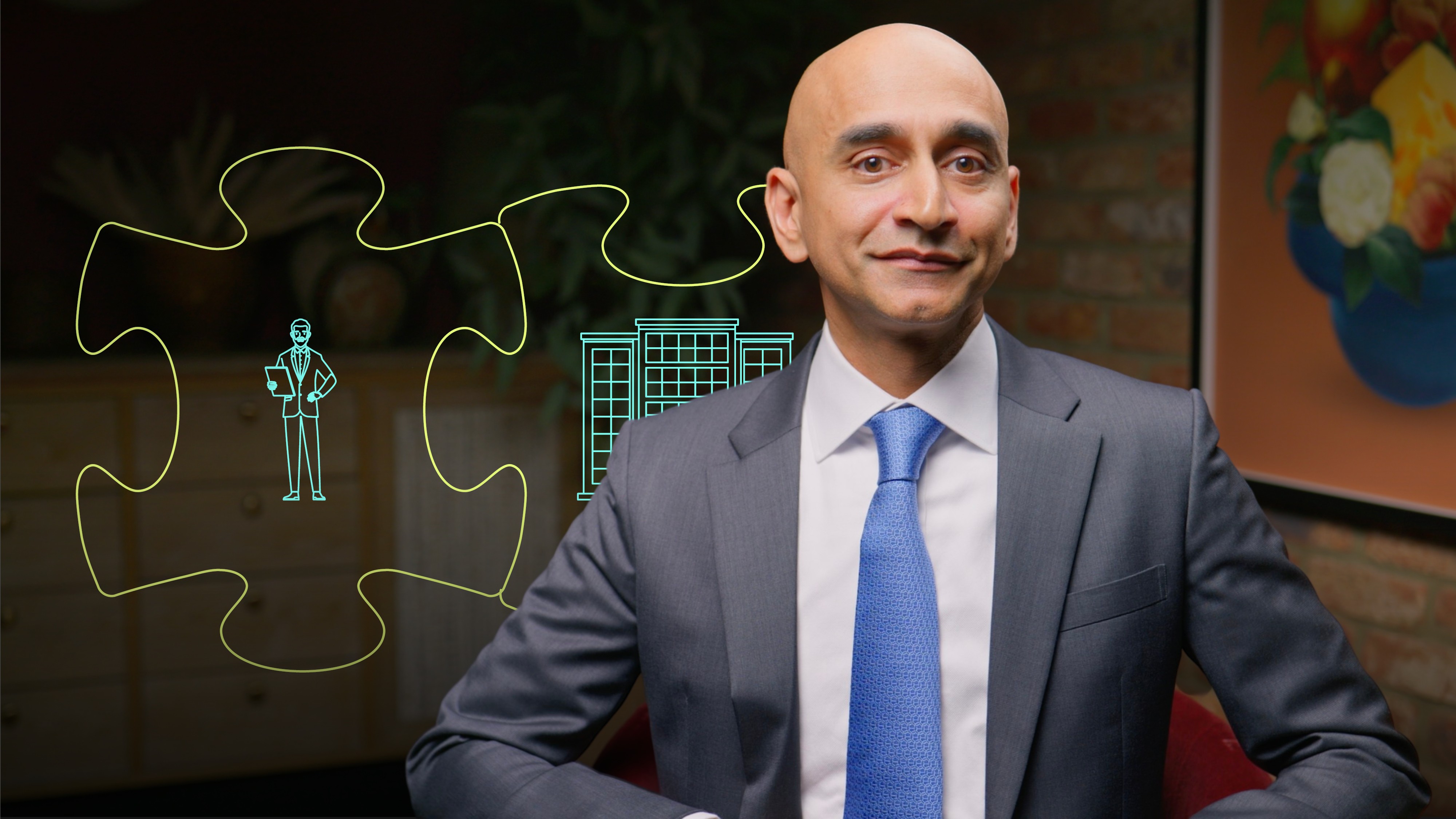
Assessing Governance Investment Risks and Opportunities

Arun Kelshiker
20 years: Asset management and stewardship
In this video, Arun explores the global landscape of governance structures, ranging from single-tier boards in Australia to double-tier systems in Germany, and the varied practices in the United States due to federal-state dynamics. He also delves into the evolving purpose of audits, emphasising their role in ensuring transparency and investor confidence through independence and comprehensive reporting.
In this video, Arun explores the global landscape of governance structures, ranging from single-tier boards in Australia to double-tier systems in Germany, and the varied practices in the United States due to federal-state dynamics. He also delves into the evolving purpose of audits, emphasising their role in ensuring transparency and investor confidence through independence and comprehensive reporting.
Subscribe to watch
Access this and all of the content on our platform by signing up for a 7-day free trial.

Assessing Governance Investment Risks and Opportunities
10 mins 11 secs
Key learning objectives:
Outline the various governance structures globally
Understand the purpose of audit and why it matters
Understand how governance factors impact investment opportunities
Outline how to incorporate governance factors into investment opportunities
Overview:
Global governance structures differ significantly. While Australia adopts a single-tier board system prioritising shareholder influence, Germany embraces a double-tier approach, balancing employee and shareholder interests. In contrast, the U.S. lacks a unified system due to state-specific corporate laws, yet national initiatives aim to bridge this gap. The significance of audits is underscored by their evolution, which emphasises auditor independence and transparency. Governance, a cornerstone in ESG analysis, profoundly influences a company's success and resonates universally. Its effectiveness or lack thereof can have vast economic consequences. Investment professionals, recognising its impact, weave governance into their strategies, illustrating its relevance across diverse asset classes and even sovereign debt.
Subscribe to watch
Access this and all of the content on our platform by signing up for a 7-day free trial.
Subscribe to watch
Access this and all of the content on our platform by signing up for a 7-day free trial.

Arun Kelshiker
There are no available Videos from "Arun Kelshiker"





























